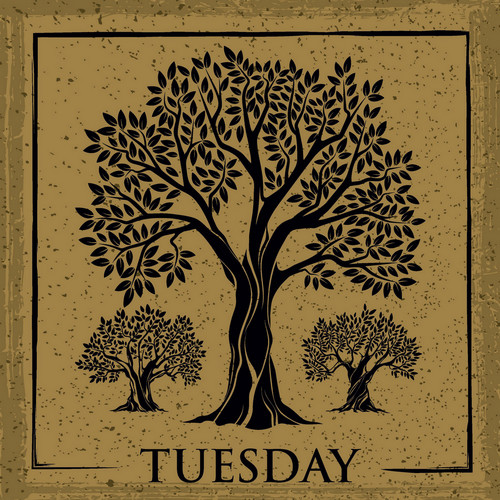
by Dr. Kevin J. Youngblood, professor of Hebrew
The Tuesday of Holy Week has traditionally been called Fig Tuesday because of its association with Jesus’ cursing of a fig tree a couple of days following his triumphal entry into Jerusalem (Matt 21:19-20; Mk 11:12-14, 20-25). Mark’s account of this incident is especially intriguing because of the way he brackets the story of Jesus’ cleansing of the temple with his cursing of the fig tree and its subsequent withering.
Jesus curses the fig tree (Mk 11:12-14).
Jesus cleanses the temple (Mk 11:15-19).
Jesus comments on the withered fig tree (Mk 11:20-25).
By means of this structure, Mark intends for us to see a crucial connection between the fig tree and the temple. On his way to the temple, Jesus feels hungry and, noticing a fig tree, approaches it hoping to find some figs. Not finding any, Jesus pronounces the following curse on the tree: “May no one ever again eat your fruit!” Jesus’ disciples found this odd for at least a couple of reasons. First, people do not usually speak to fig trees. Second, it wasn’t even the season for figs and, therefore, the fig tree could hardly be blamed for lacking fruit.
From there, Jesus proceeds to the temple where he ransacks the temple’s outer court, driving from it all the merchants and livestock that had turned what was supposed to be a sacred place of worship for foreigners and women into a noisy, bustling, commercial bazaar.
The following day, Holy Tuesday, Jesus and his disciples pass by the same fig tree Jesus had cursed and, remarkably, it is completely withered! After Peter points this out, Jesus famously tells his disciples that if they have faith, they can tell “this mountain” to be lifted up and thrown into the sea and it will obey them.
What Jesus’ disciples likely only understood years later in retrospect is that Jesus was using the fig tree as a symbol for the temple. Just as the fig tree was all foliage and no fruit, so also the temple was all show and no substance. Jesus was not so much hungry for figs as he was hungry for worship — worship that he should have found at the temple. Unfortunately, however, the temple had been corrupted by the political and commercial ambitions of its priesthood and worshippers. Jesus was not really cleansing the temple; he was cursing it in anticipation of its eventual destruction at the hands of the Romans less than 50 years later. Just as the fig tree withered and died, so would the temple be destroyed for its lack of spiritual fruit.
Recognizing this connection between the fig tree and the temple also helps us understand what Jesus means by moving “this mountain” by means of faith and prayer. Jesus is not referring to moving just any random mountain by means of great faith. Rather, Jesus is referring specifically to the need for the disciples’ faithfulness in the face of resistance and persecution from the temple establishment. “This mountain” is none other than the Temple Mount, Zion. It will be destroyed, but Jesus’ disciples, the church, the new temple will endure forever.
What a convicting reminder that we who make up this new temple must never be all foliage and no fruit, all show and no substance. Also, what a comforting assurance that by faith and prayer we can endure whatever persecution and betrayals may come our way.